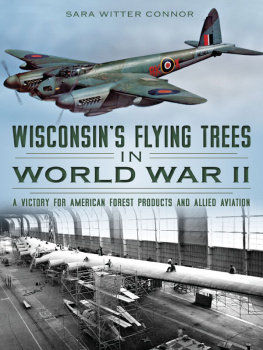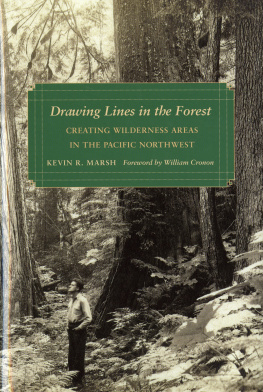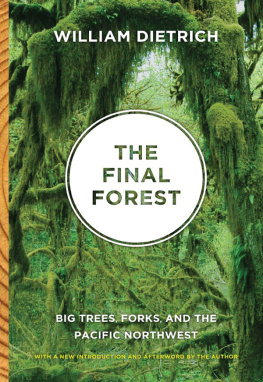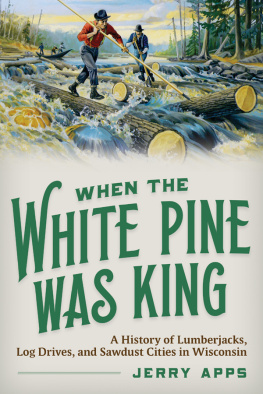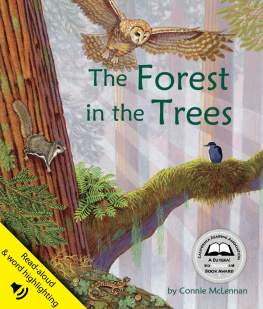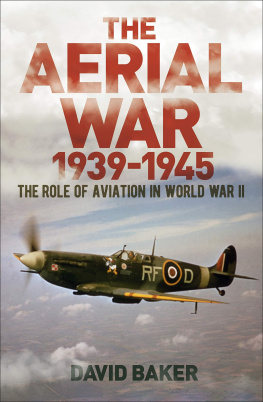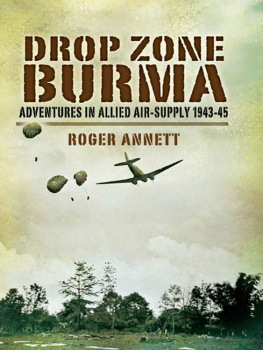
Published by The History Press
Charleston, SC 29403
www.historypress.net
Copyright 2014 by Sara Witter Connor
All rights reserved
Front cover, top: The De Havilland Mosquito or Wooden Wonder. Courtesy of Camp 5 Museum Foundation/Wisconsin Forestry Museum, Laona, Wisconsin; bottom: Howard Hughess H4 Flying Boat, known as the Spruce Goose, under construction in Culver City, California. Courtesy of the U.S. Forest Products Laboratory Library, Madison, Wisconsin.
First published 2014
e-book edition 2014
ISBN 978.1.62584.910.6
Library of Congress Cataloging-in-Publication Data
Connor, Sara Witter.
Wisconsin's flying trees in World War II : a victory for American forest products and Allied aviation / Sara Witter Connor.
pages cm
Includes bibliographical references.
print edition ISBN 978-1-62619-350-5 (paperback)
1. Airplanes, Military--Parts--United States--History--20th century. 2. Airplanes, Military--United States--Design and construction--History--20th century. 3. World War, 1939-1945--Equipment and supplies. 4. World War, 1939-1945--Aerial operations, Allied. 5. Forest products industry--Wisconsin--History--20th century. 6. Forest products industry--Michigan--Upper Peninsula--History--20th century. 7. Aircraft supplies industry-Wisconsin--History--20th century. 8. Aircraft supplies industry--Michigan--Upper Peninsula--History--20th century. 9. World War, 1939-1945--Economic aspects--Wisconsin. 10. World War, 1939-1945--Economic aspects--Michigan--Upper Peninsula. I. Title. II. Title: Wisconsin's flying trees in World War 2. III. Title: Wisconsin's flying trees in World War Two.
UG1243.C67 2014
940.54'4973--dc23
2013047440
Notice: The information in this book is true and complete to the best of our knowledge. It is offered without guarantee on the part of the author or The History Press. The author and The History Press disclaim all liability in connection with the use of this book.
All rights reserved. No part of this book may be reproduced or transmitted in any form whatsoever without prior written permission from the publisher except in the case of brief quotations embodied in critical articles and reviews.
CONTENTS
ACKNOWLEDGEMENTS
Many 82nd Airborne and 101st Airborne friends have told their stories in this book. I would like to thank the World War II veterans for their service. I would also like to thank the men and women on the homefront for their contribution to the war effort in the forest products industry. Some have gone, and this book is for them in their memory. The people of northern and central WisconsinMarshfield, the women in the barn; Wisconsin Rapids; Stevens Point; Mellen; Butternut; White Lake; Park Falls; Laona; Phelps; and Goodmanas well as Wakefield, Ironwood and the Upper Peninsula of Michigan and so many forest products communities; this is our story.
This book was assembled through the help of Connor and Roddis family members. Thank you to Bruce and our many journeys, Jim for technology support and Justin for encouragement. Mary provided untold hours of manuscript editing, as well as fact checking. Cate accumulated Mosquito photos and the War Papers. Thanks to Diane for her work on the title! On the forestry side for resources, I relied on my brother, Gordon. The Hamilton Roddis Foundation supported the Wisconsins Flying Trees: Wisconsin Plywood Industrys Contribution to WWII exhibit through Camp 5 Museum Foundation in Laona, Wisconsin.
There are many people on this journey who deserve thanks for their continued assistance, corporations, libraries, museums, organizations nationally and internationally and individuals included. Thank you to Dr. Mark Schug, University of WisconsinMilwaukee (Emeritus), friend and colleague; Kathy Borkowsky for her friendship and the Wisconsin Historical Society; the University of WisconsinDepartment of Forestry, Wildlife and Ecology, particularly Dr. Jeff Stier and Dr. Scott Bowe; and last, but far from least, Dr. Tom Steele, director of UWKemp Station, who supported this project from its infancy. Thank you to Charles Day, friend, for his World War II glider expertise. Thanks to Karen Baumgartner for her efforts and the Price County Historical Society.
Research support came from Julie Blankenburg, librarian at Forest Products Laboratory, and my friends Sue Paulson (retired) and John Koning, who sadly died in 2012; his work at and brilliant history of the U.S. Forest Products Laboratory was greatly appreciated. So, too, was the continued research support from Cheryl Oakes, archivist and librarian of the Forest History Society at Duke University in Durham, on my visit and during the writing of this book. T.R. Dellin did research at the National Archives in London. Thanks to Charles Babbage Institute at University of Minnesota, Karen Sughrue, Nicole Jordan, Erika Eichelberger, Maureen Drennan in New York, Steinway & Sons and its LaGuardia & Wagner Archives at CUNY and Gib Endrezzi. Jack, thank you. Again, last but not least, thank you to my forester friends: Miles Benson, Steve Guthrie and Mike Sohasky. The 101st Airborneyou know who you are. Thank you to Vietnam marine veteran Ed Staskiewicz at Northwoods Graphics Display for his tremendous work not only on the Wisconsins Flying Trees exhibit but also for his work on the photos of this book.
This book is dedicated to my family and my grandchildren, Holden, Robert, Libby, George and Henry James, so that they will continue to connect the past to the present and learn what it means to have sawdust in their veins.
CHAPTER 1
WAR!
We wonder what we would have been, if it werent for World War II.
Colleen Holloran Austin and Verna Fohrman, February 10, 2006
On Sunday, December 7, 1941, Wisconsin was shaken to the core, as was the nation, with the bombing of Pearl Harbor. Until the Day of Infamy, the war seemed remote, and manufacturing jobs were growing after years of unemployment. The uppermost thought that day for many Wisconsinites was the potential for a Green Bay Packer playoff game in Green Bay. Playing with an 11-1 record, the Packers would possibly play on the frozen tundra of then City Field on December 14 for the National Football League Championship game. The outlook for a Merry Christmas seemed bright.
At the University of Wisconsin mens dormitory, Terrence Hall, a chemical engineering student from Loyal, a small town in central Wisconsin, Verland Drake was working his way through school. On the morning of December 7, he was waiting on the tables in the dormitory. He said:
Everyone was stunned, as it was announced that Pearl Harbor had been bombed. It was hard to believe it had happened. There was no television. After breakfast, everyone gathered around the radio in the Commons to hear the president.
A reaction of ours was realizing the draft would be after usWe had thought originally, maybe, of going to Pearl Harbor and helping with the reconstruction.
The United States Navy would subsequently take over the dormitory.
A Wisconsin Pearl Harbor veteran, Ivan Bourguignon, in sick bay on board the West Virginia, later reported:
We couldnt see much of what was going on, but one of the petty officers came down and told us. The noise was terrific. The concussion of exploding bombs and the answer to our own antiaircraft fireStill, there wasnt any confusion. Every man knew what he was supposed to do, and he did it. Our antiaircraft guns got into action without any loss of life. One bomb hit our ship, and it trembled all over.
Over a dozen men from northeastern Wisconsin alone were on Battleship Row in Pearl Harbor and were killed. One American Legion post in Green Bay is named for Earl Wallen, who with the Japanese planes filling the airvolunteered to man a machine gun in the crows nest of the battleship [
Next page
